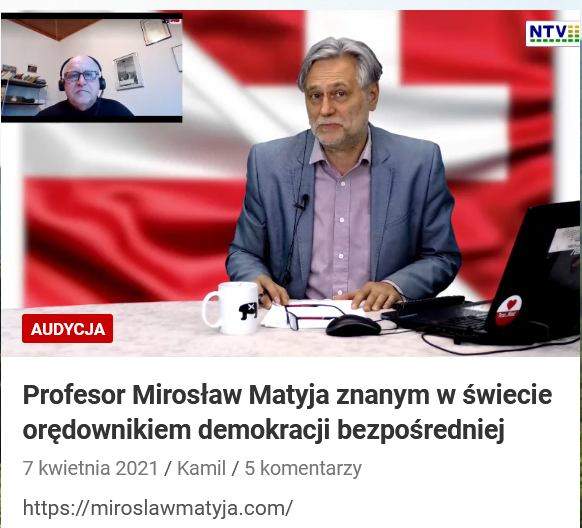Phytoremediation of Heavy Metals Released from Mining Waste Drainage using Selected Plant Species, in Ethiopia
Abstract
Mining is known in releasing of heavy metals and environmental pollutants due to their toxicity, persistence in the environment, and bio-accumulative nature. Leaching activity of mining has a major role in releasing of chemicals which toxify to the mining environment. Such activity contaminates the terrestrial ecosystems with toxic heavy metals that lead to the environmental problem of public health concern. In Ethiopia, even the mining trend is accounted long time, the environmental and social impacts are underestimated and not taken as an issue for a long time. However, these impacts are become very risky and problematic from time to time, since mining companies are not dedicated to their environmental and social impact assessment commitments. Being persistent pollutants, heavy metals accumulate in the environment and consequently contaminate the food chains. Accumulation of potentially toxic heavy metals in biota causes a potential health threat to their consumers including humans. Phytoremediation is more cost-effective than alternative mechanical or chemical methods of removing hazardous compounds from the soil. Vetiver grass is a perennial grass belonging to the Poaceae family with short rhizomes and a massive, finely structured root system. The deep root system makes the vetiver grass extremely drought tolerant and very difficult to dislodge when exposed to strong water flow. The main purpose of this study is to review the ecological impacts of mining in releasing leached wastes/drainages/ and the possible and effective techniques of treatment via Phytoremediation technology.
Keywords
Full Text:
PDFReferences
Environmental Impact Assessment Guideline For Mineral and Petroleum Operation Projects, 2003.
ICMM., (International Council on Mining and Metals), 2006. Good Practice Guidance for Mining and Biodiversity International Council on Mining and Metals (ICMM), London, UK
Gaur A., Adholeya A., 2004. “Prospects of arbuscular mycorrhizal fungi in phytoremediation of heavy metal contaminated soils,” Current Science, vol. 86, no. 4, pp. 528–534.
Lasat M., 2000. “Phytoextraction of metals from contaminatedsoil: a review of plant/soil/metal interaction and assessment ofpertinent agronomic issues,” Journal of Hazardous SubstanceResearch, vol. 2, no. 5, pp. 1–25.
Mehari G., (2018)” Assessment for Artisanal Gold Mining Impacts on Vegetation Ecology at Shire Districts, Tigray-Ethiopia”, Southeast Cameroon, International Journal of Mining Science (IJMS), 4(4), pp.38-43, DOI: http://dx.doi.org/10.20431/2454-9460.0404004.
Mehta, P., Roy, S., Labelle S., 2005., “Phytoremediation of heavy metal and PAH-contaminated brownfield sites,” Plant and Soil, vol. 272, no. 1-2, pp. 277–290.
Roy S., Labelle S., Mehta P., 2005 .“Phytoremediation of heavy metal and PAH-contaminated brownfield sites,” Plant and Soil, vol. 272, no. 1-2, pp. 277–290.
DOI: https://doi.org/10.33258/birex.v1i3.343
Article Metrics
Abstract view : 355 timesPDF - 190 times
Refbacks
- There are currently no refbacks.

This work is licensed under a Creative Commons Attribution-ShareAlike 4.0 International License.

This work is licensed under a Creative Commons Attribution-ShareAlike 4.0 International License.

_.gif)
















_.gif)


